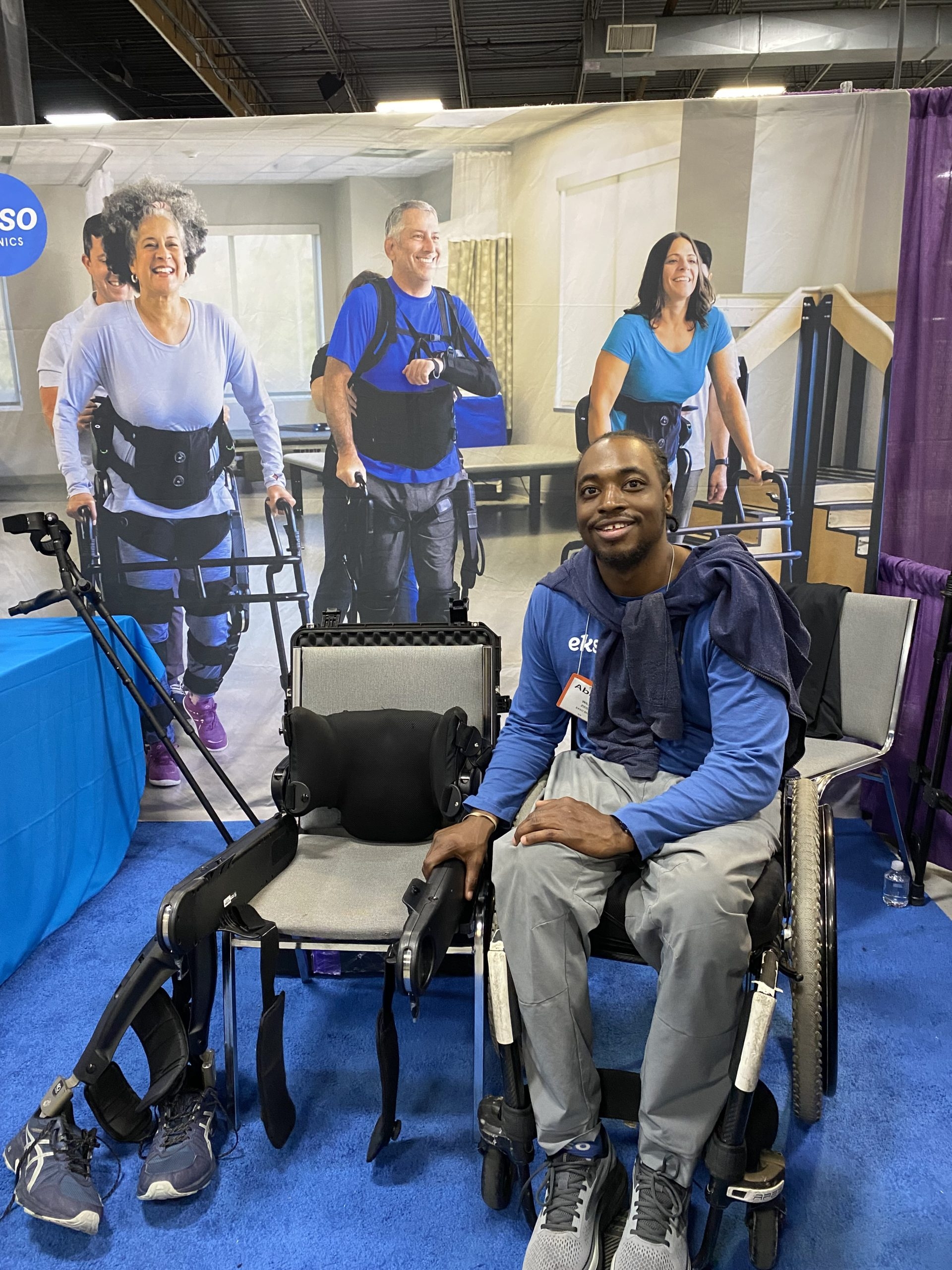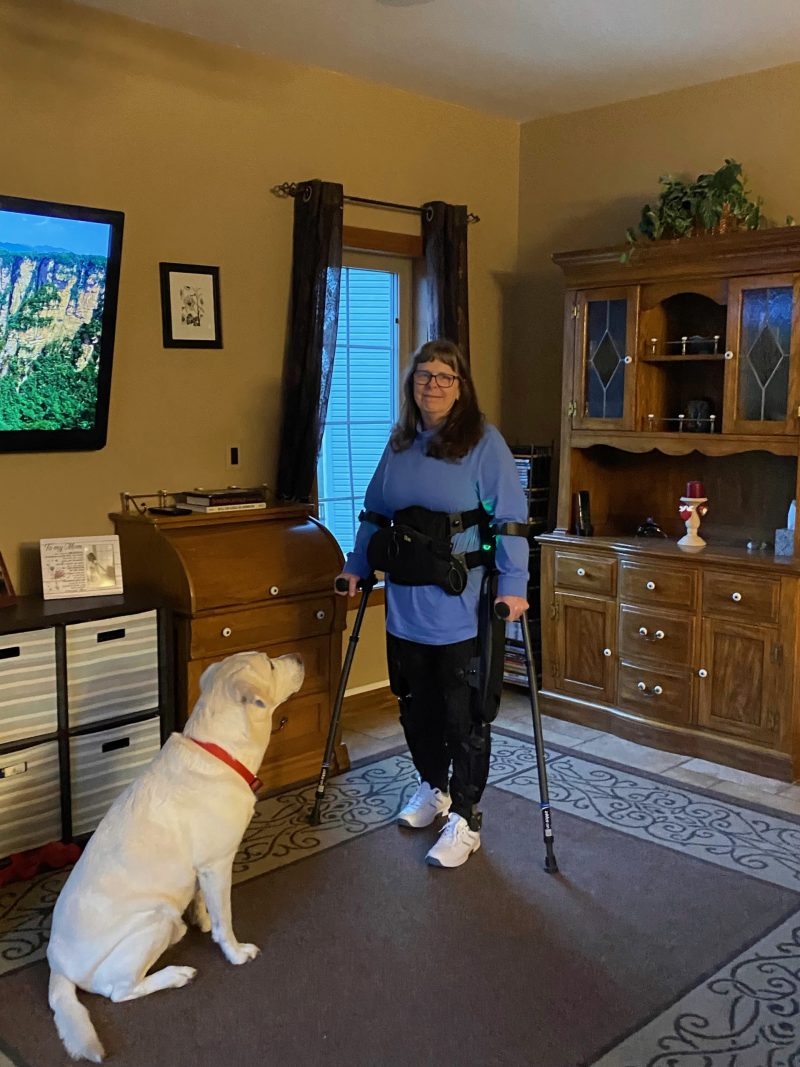Ekso Indego Personal
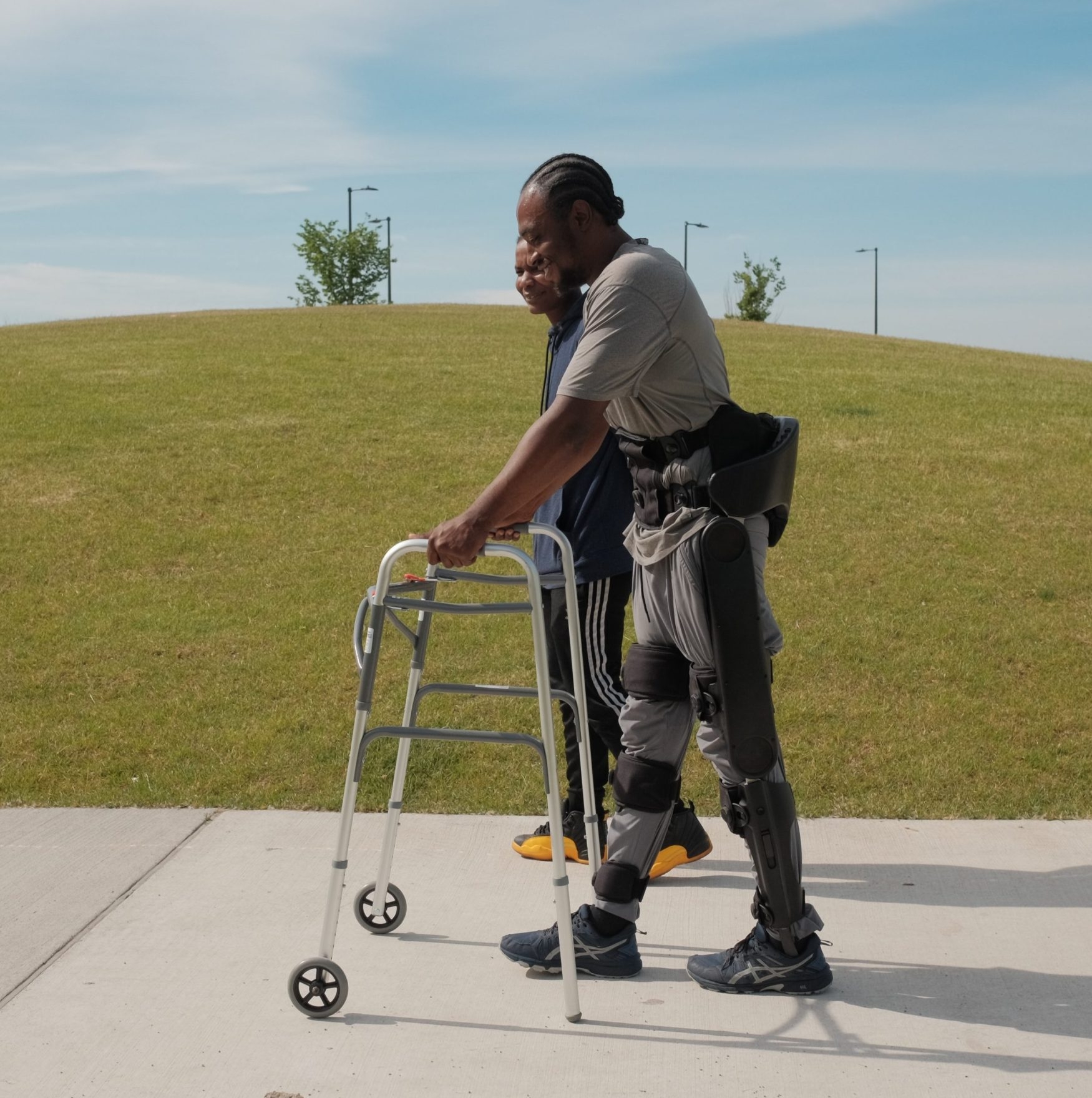
Ekso Indego Screening Process
As of April 2024, Centers for Medicare & Medicaid Services (CMS) finalized a Medicare reimbursement rate for Ekso Indego Personal, which the Agency previously confirmed fits within the “brace” category benefit for Medicare coverage. Eligible Medicare beneficiaries with spinal cord injuries now have meaningful access to potentially achieve greater independence at home and in the community through our life-changing technology.
Do you have a patient who could benefit from walking in their home and community with Ekso Indego? Fill out the form below to help identify eligible patients who may benefit from Ekso Indego.
Learn more about Ekso Indego for your patients
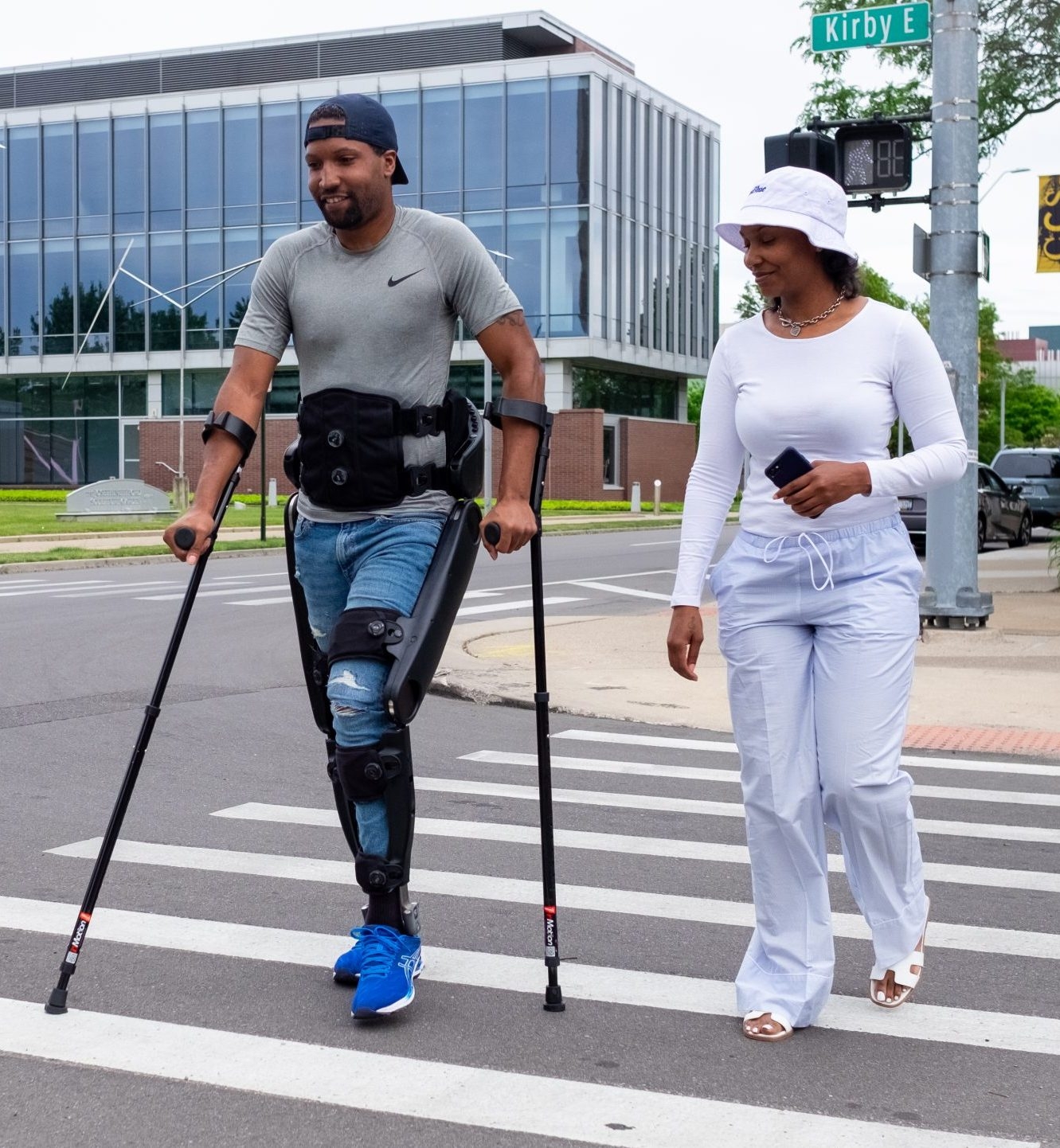
Why Ekso Indego?
Ekso Indego is the only exoskeleton to offer a modular quick connect design, which allows you to put on and take off the device without assistance, disassemble it for easy transport, and don the device in most wheelchairs. At just 29 lb (13 kg), Ekso Indego is the lightest exoskeleton available offering ease of handling, transportation, and storage. Our exoskeleton also enables individuals to walk at community speeds and is the fastest available exoskeleton.
Key Features:
- Modular design for easy transportation
- Improves cardio & bone density
- Lightest exoskeleton
- Enjoy eye-level conversations again
- iOS app on your phone that shows real-time stats on your activity
Who is eligible for Ekso Indego?
Persons with spinal cord injuries at T3 to L5. Optimal Ekso Indego candidates should have:
- Height: ~ 5’1” to 6’3”
- Weight: less than 250 lbs.
- Hip width: <16.5”
- Sufficient upper body strength
- Healthy bones
- Intact skin where the device interfaces
- Moderate levels of spasticity or less (MAS 3)
- Range of Motion at hips, knees, and ankles within functional limits for gait
*Medical eligibility is determined on a case-by-case basis.
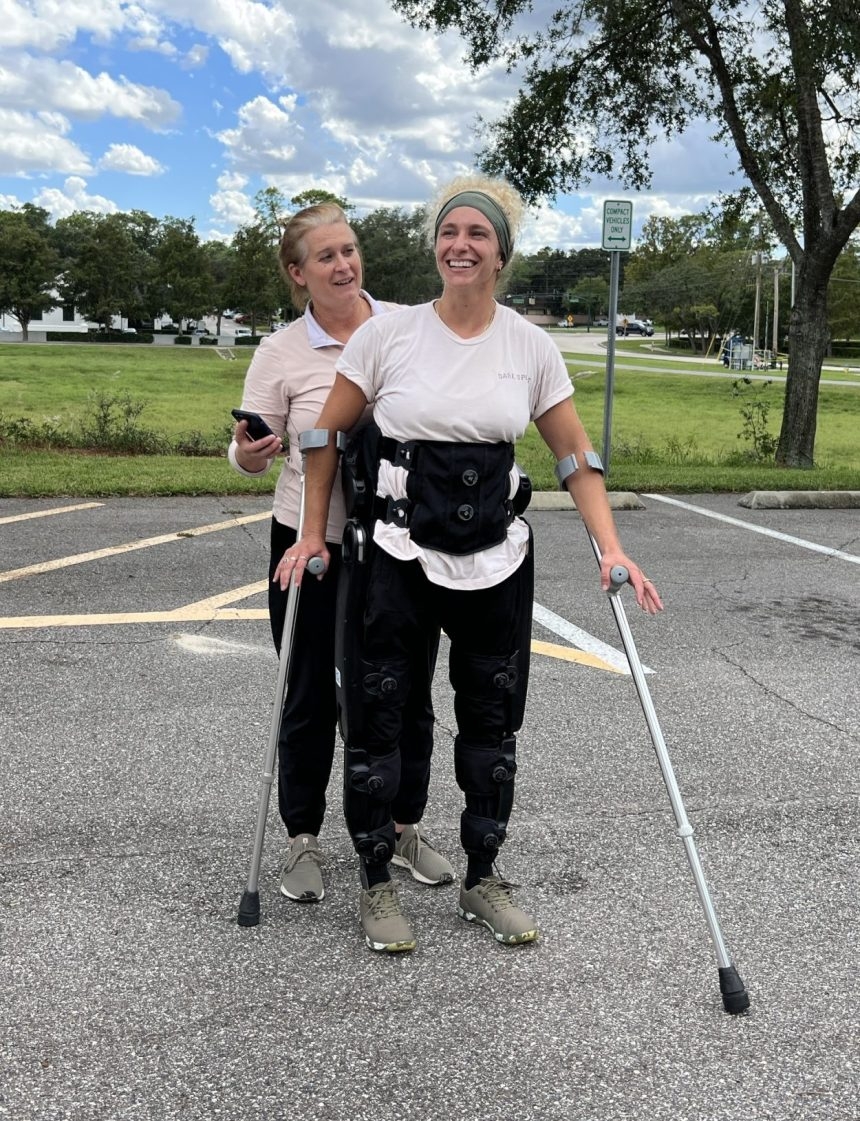
Indications for Use
The Ekso Indego® orthotically fits to the lower limbs and the trunk; the device is intended to enable individuals with spinal cord injury at levels T3 to L5 to perform ambulatory functions with supervision of a specially trained companion in accordance with the user assessment and training certification program. The device is also intended to enable individuals with spinal cord injury at levels C7 to L5 to perform ambulatory functions in rehabilitation institutions in accordance with the user assessment and training certification program. Finally, the Ekso Indego® is also intended to enable individuals with hemiplegia (with motor function of 4/5 in at least one upper extremity) due to cerebrovascular accident (CVA) to perform ambulatory functions in rehabilitation institutions in accordance with the user assessment and training certification program. The Ekso Indego is not intended for sports or stair climbing.
Contraindications for Use
The contraindications listed here are not exhaustive. The decision as to whether a user is suitable for Ekso Indego use must come as written approval from their physician. As part of this medical clearance process, the physician must evaluate the risks of Ekso Indego use against the benefits gained from it.
• Cognitive impairments resulting in inability to follow directions.
• Diminished standing tolerance caused by orthostatic hypotension.
• Heterotopic ossification.
• Hip or knee contractures greater than 10° or ankle contractures greater than 5°.
• Lower limb prosthesis.
• Poor skin integrity in areas in contact with the device.
• Pregnancy.
• Psychiatric conditions that may interfere with proper operation of the device.
• Severe concurrent medical diseases: infections, circulatory, heart or lung, pressure sores.
• Severe or uncontrolled spasticity (Modified Ashworth 4).
• Spinal instability or spinal orthotics.
• Uncontrolled autonomic dysreflexia.
• Uncontrolled hypertension or hypotension.
• Unhealed limb or pelvic fractures.
• Unresolved deep vein thrombosis.
• Any condition which in the opinion of a medical doctor prevents the user from using the device.


